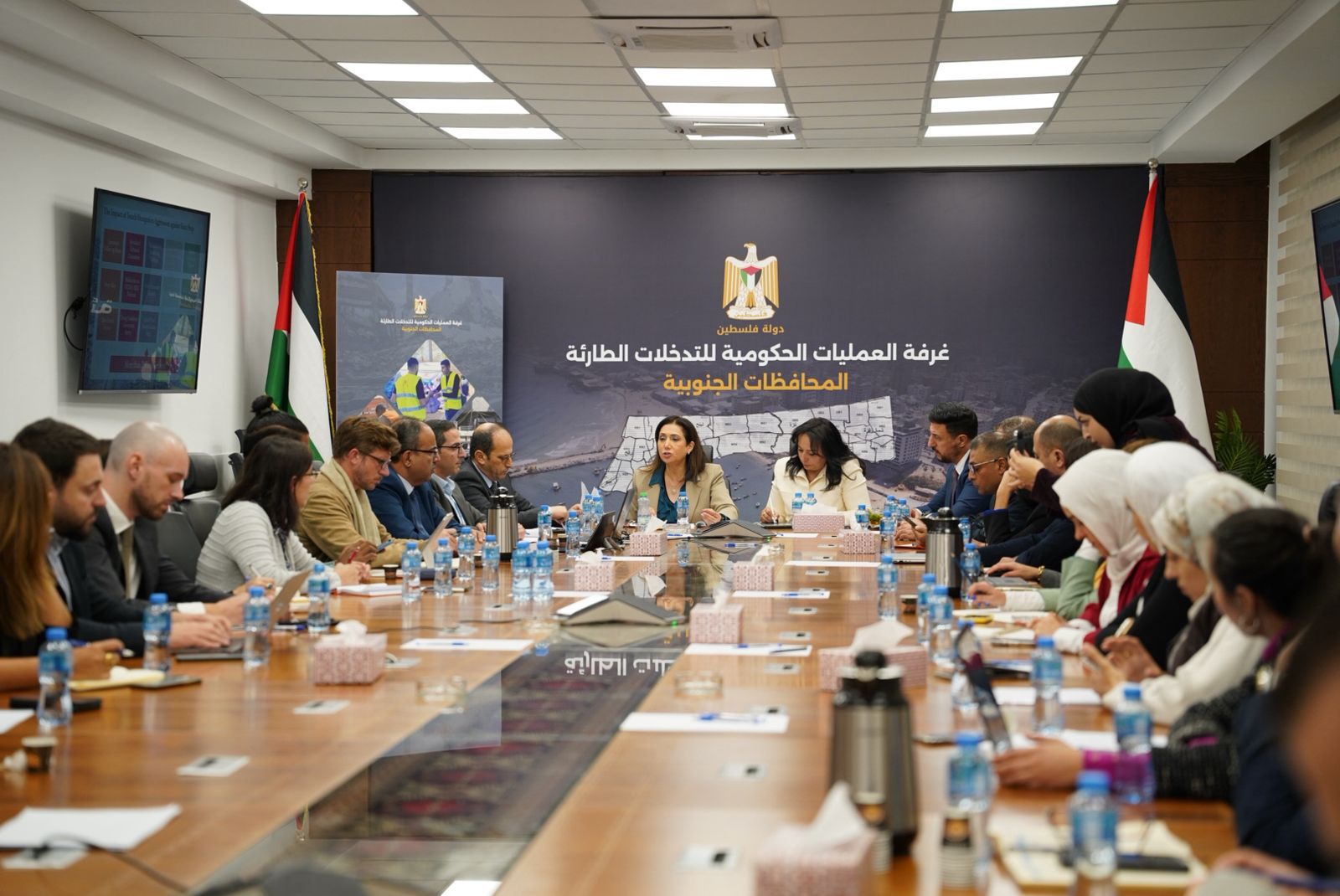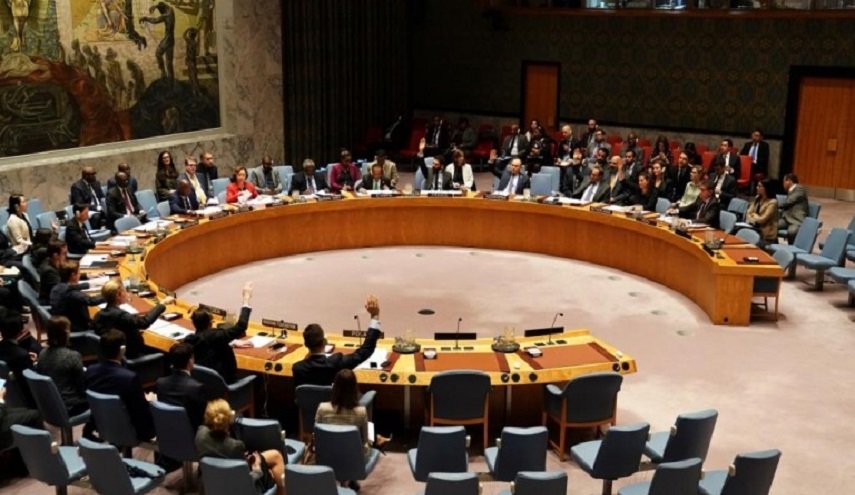* Statistical infrastructure is at near-total collapse, and field surveys in the Gaza Strip have been suspended
* Comprehensive statistical plan for 2026 includes mini-census, labor force surveys, and well-being assessments
* Urgent interventions underway to ensure the continuity of data production despite collapse of the statistical system
RAMALLAH, November 26, 2025 (WAFA) - The Government Operations Room for Emergency Interventions in the Gaza Strip reviewed today, Wednesday, the executive relief and early recovery plan of the Palestinian Central Bureau of Statistics (PCBS) for the Strip.
The review took place during a special session attended by representatives of international organizations, partner institutions, and donor agencies; to discuss priority interventions and the support needed for the Bureau’s work under the exceptional circumstances facing the Strip.
Samah Hamad, Head of the Operations Room, emphasized the critical role the Room plays in coordinating relief and recovery efforts in Gaza—particularly amid severely limited resources and the need to unify efforts among ministries, the private sector, civil society, and international partners to ensure an effective response that contributes to restoring essential services within the available capacities. She stressed that PCBS is a fundamental pillar for data-driven planning- essential for the success of recovery and reconstruction processes.
During the meeting, PCBS President Dr. Ola Awad presented a detailed overview of the state of official statistics in Gaza following the aggression, outlining the extent of the destruction that struck the statistical infrastructure and that halted field surveys, in addition to the methodological challenges currently encountered in data collection. She said that the absence of accurate field data is among the greatest obstacles to sound planning for the reconstruction phase.
Awad presented key indicators illustrating the scale of collapse across economic and social sectors. She noted that before the aggression, Gaza accounted for nearly 29% of Palestine’s external trade, with 500–600 trucks entering the Strip daily—the minimum required to meet basic needs. After the aggression began, this share fell to less than 5%, imports declined by 95%, and exports came to a complete halt. Currently the available food and medical supplies meet no more than 5% of actual needs. She added that during the second quarter of 2025, no essential food or medical supplies entered Gaza, thus exacerbating the humanitarian crisis to unprecedented levels.
In the education sector, Awad noted that the pre-aggression school dropout rate was only 0.71%, while currently no less than 800,000 students are deprived of their right to education as a result of the aggression- which reflects the severe deterioration of the educational system during the war.
Given the collapse of Gaza’s statistical infrastructure, Awad explained that the Bureau developed alternative methodologies to sustain data production. These included relying on administrative records instead of traditional field surveys, using aerial imagery in cooperation with international partners to map population distribution and destruction, and adjusting survey methodologies to reflect the new reality—such as integrating time-use modules into the Labor Force Survey, using earlier samples containing active phone numbers, and employing the 2023 Labor Force and Expenditure Survey frames for well-being and income surveys. PCBS also updated demographic concepts to reflect major population shifts and displacement, and adopted GIS and artificial intelligence technologies to define geographic boundaries, population concentrations, and destruction zones with higher precision.
Awad presented a comprehensive statistical program for 2026, which will launch a series of major national surveys to address data gaps and build a robust evidence base to support planning and recovery. These include:
* Mini-census
* Multiple Indicator Cluster Survey (MICS)
* Household Expenditure and Consumption Survey
* Labor Force Survey
* Consumer Price Index (CPI)
* Rapid assessment survey of economic establishments
Awad said that the surveys will rebuild the statistical (technical) infrastructure that collapsed due to the aggression and will generate accurate information on poverty, food security, living conditions, employment, prices, and the damage to economic establishments— which ensures that recovery plans are grounded in reliable scientific data.
Awad also highlighted the urgent interventions currently underway to ensure the continuity of data production despite challenging conditions. These include conducting rapid phone surveys to measure poverty, food security, and access to services; developing new data-collection methodologies based on administrative records and aerial imagery; and using updated sample designs that reflect the evolving demographic reality in Gaza.
T.R.











